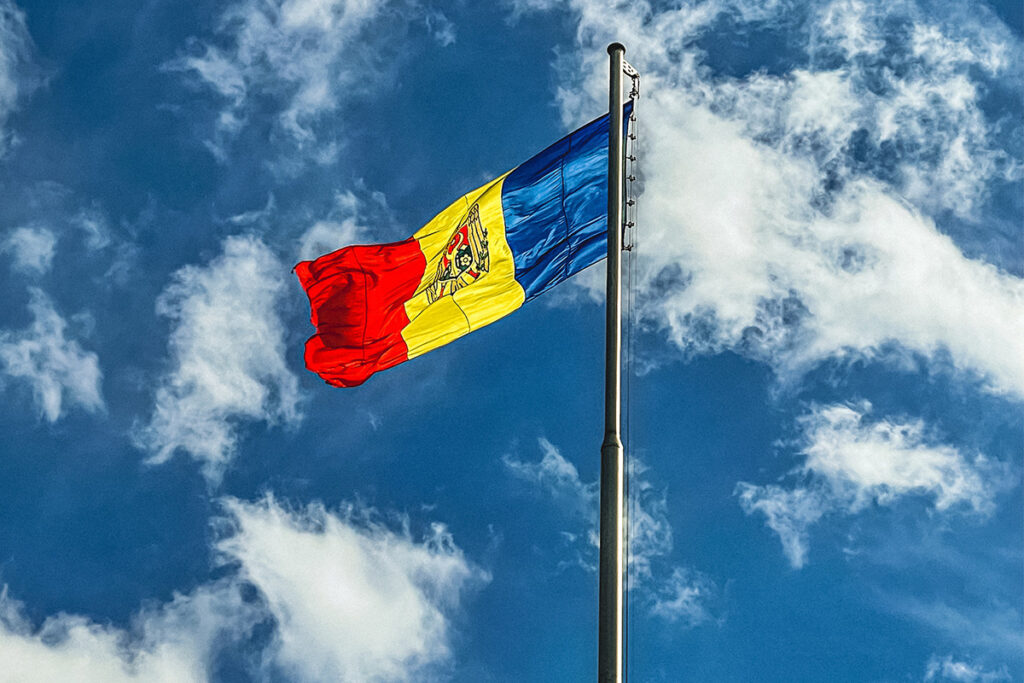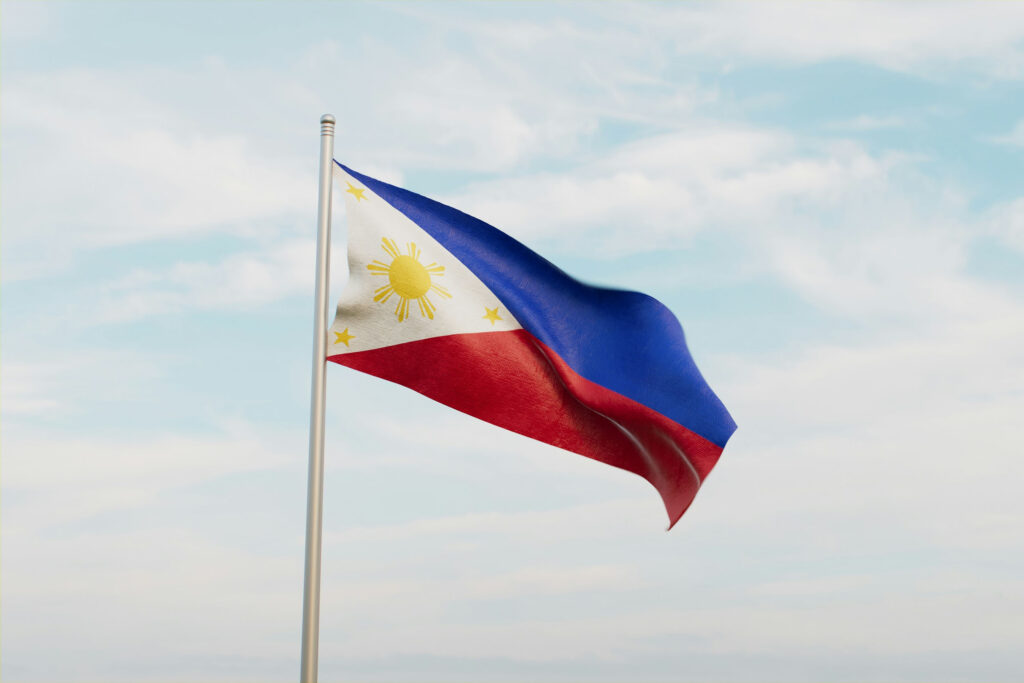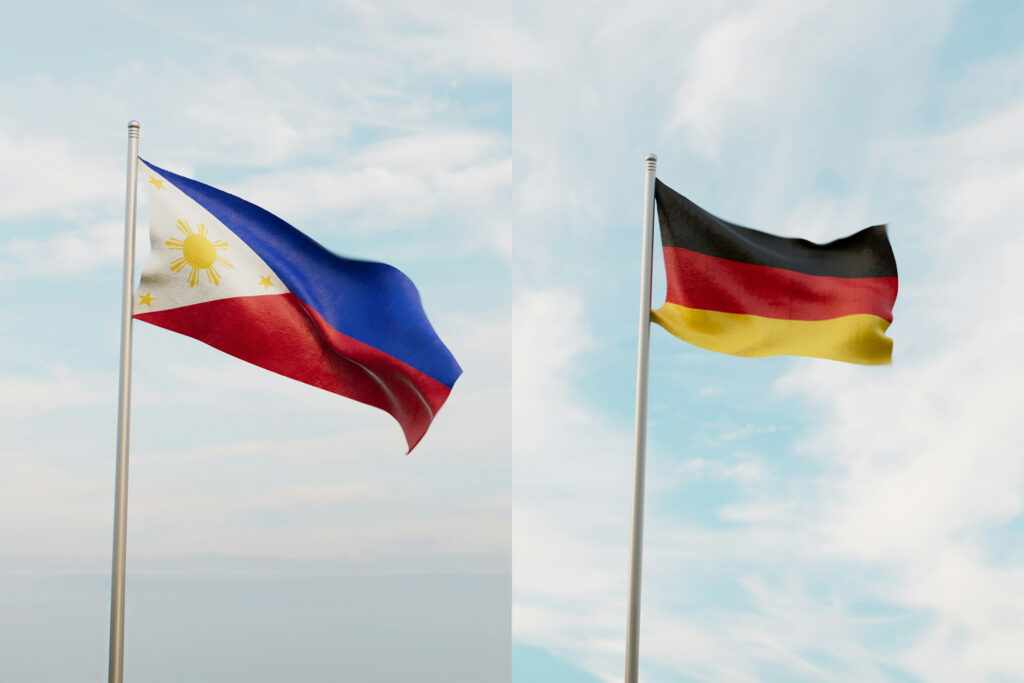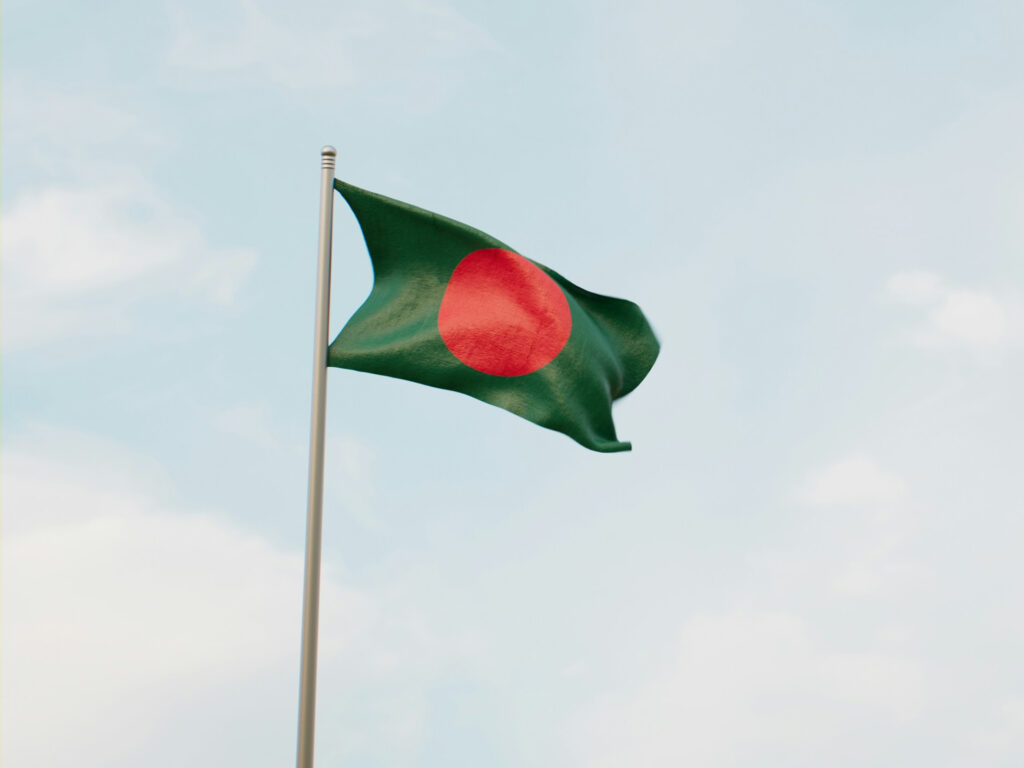Case 1: The Moldovan Case
It is estimated that between 25 and 40 per cent of economically active Moldovans have migrated or are currently engaged in migration. Of the people migrating for work, women accounted for almost 40 per cent as of 2014. As per the UNECE (2011), one factor leading to the feminization of labour migration from Moldova is […]
Case 1: The Moldovan Case Read More »




